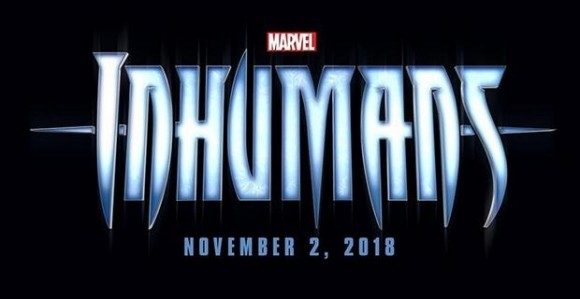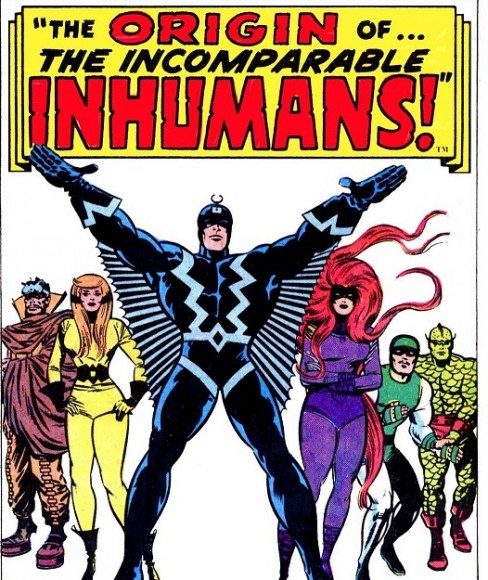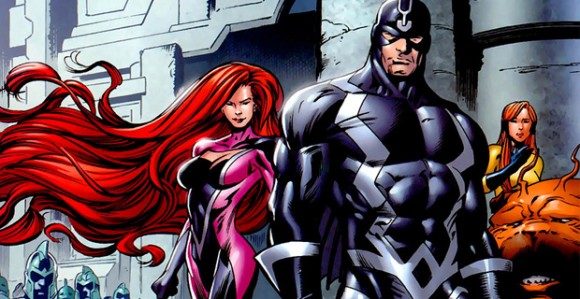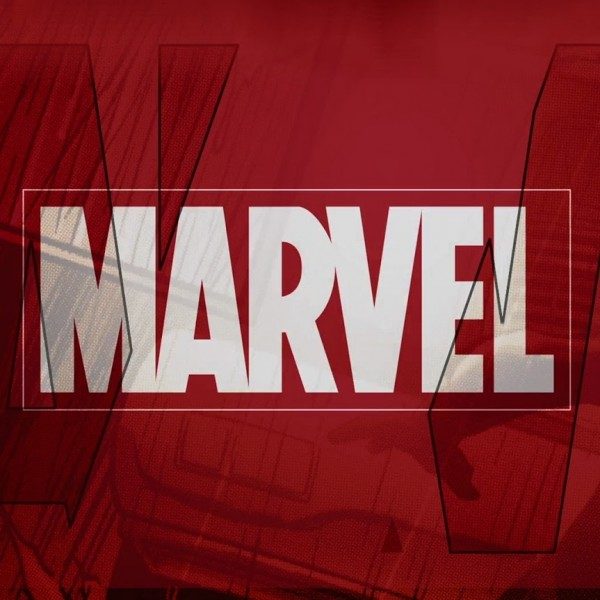Marvel Studios held a major event in Los Angeles today, laying out the full slate of films for Phase 3 of the Marvel Cinematic Universe. It was in this announcement that Marvel President Kevin Feige officially confirmed that an Inhumans film is in the works, and is scheduled to hit theaters November 2, 2018.
Rumors of this project have been around for months. This past August, Vin Diesel (Guardians of the Galaxy) released a heavy-handed hint that he may be attached to the project, and shortly after, rumors of the project moving forward continued to gain steam.
According to Feige, “November 2, 2018 will introduce dozens of characters into the Marvel Cinematic Universe (MCU). We really do believe the Inhumans can be a franchise, or a series of franchises, unto themselves. They have dozens of powers and an amazing social structure. With our 20th movie in the ‘Marvel Cinematic Universe’, we wanted to continue to refine what that universe is about.”
The Inhumans are a 7,000-year-old sub-sect of humans who were experimented on, and given superpowers by the Kree (Ronan the Accuser, the main villain in Guardians of the Galaxy, is a Kree). After being exposed to a substance called Terrigen Mist, the Inhumans gained new abilities, but were sometimes left with deformities. In a sense, this makes them more like the X-Men than The Avengers.
The most prominent Inhumans in the Marvel Universe are a royal family:
Black Bolt is the king, releasing large amounts of energy and force through his voice. If he’s not careful, he can level cities by speaking. In order to get around his power, he has developed a telepathic bond with his wife, Medusa. As queen of the Inhumans, Medusa‘s power is in her enhanced hair, which she can mentally command to do anything she wishes, such as lift heavy objects, protect her from harm, whip her enemies, or subdue them into her control. Crystal is Medusa’s younger sister. She has the power to manipulate the four elements (earth, air, fire, water), and mix them together if she wishes. Maximus the Mad is Black Bolt’s brother, and he’s basically the Loki of the Inhumans. You can’t trust him, as he’s always looking out for his best interests, and has mind-control powers.
Three of Black Bolt’s cousins include the following: Gorgon is the muscle of the royal family – he has bull’s legs, a mutation caused by the mists, and has the ability to create earthquakes by stomping on the ground; Karnak is a strange little fellow, with face tattoos – he controls the power to find a weak point in any object, plan, or person. You definitely do not want to mess with Karnak; Triton is green, and looks like a fish- he can breathe underwater, and has super-strength. Lockjaw is an alien bulldog, and royal pet of the Inhumans. He has the power of teleportation.
The story of the Inhumans dates back to when Black Bolt once possessed an Infinity Gem (the glowing stones from many other Marvel movies). He’s also part of Marvel’s Illuminati, a group that has included heavy hitters like Tony Stark, Fantastic Four’s Reed Richards, Dr. Strange, Namor, and X-Men’s Charles Xavier. When Marvel Comics introduced the Inhumans, most of the company’s superheroes were from Earth and fought there. The Inhumans gave Marvel the opportunity to build a new world.
According to Sean Howe, the author of Marvel Comics: The Untold Story, “With the introduction of the Inhumans, it was suddenly apparent that the Marvel Universe was infinite, and there could be whole civilizations in every corner of the entire cosmos. As each issue tumbled into the next, picking up momentum, expanding the cast, the grand space opera absorbed forgotten characters and established the relationships between them all.”
Though the Inhumans represented this new world for Marvel, it took a bit of time for them to finally get their own comic. Martin Goodman, Marvel’s publisher at the time, kept delaying the book and instead stuffed them into an anthology called “Amazing Adventures” that they shared with “Black Widow”.
The Inhumans were some of the last characters Kirby introduced before he left the company for DC Comics in 1970, Howe explained. They were finally given their own book in 1975, which ended in 1977. They appeared in limited series in 1998, 2000, 2003, and again in 2007.




